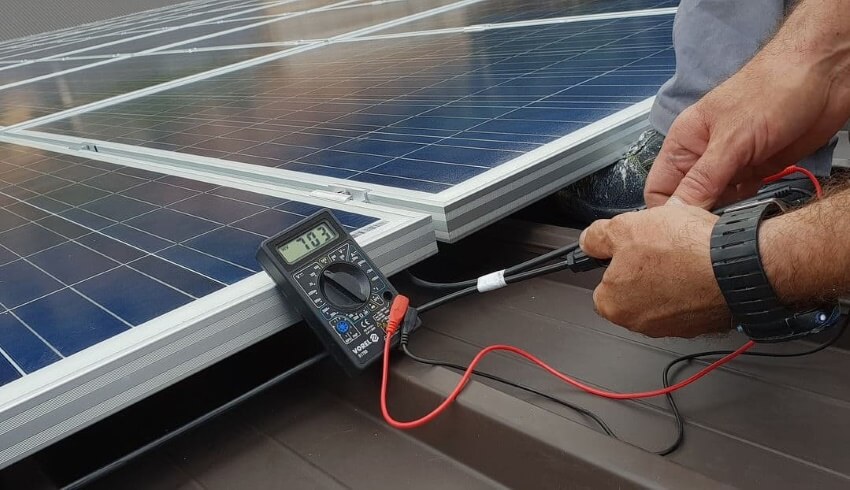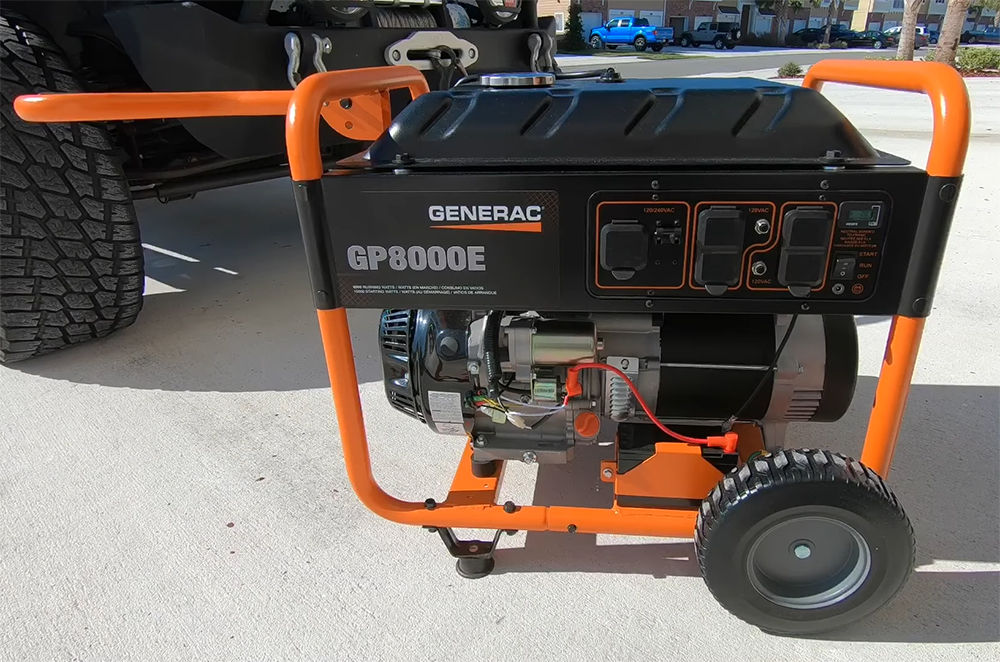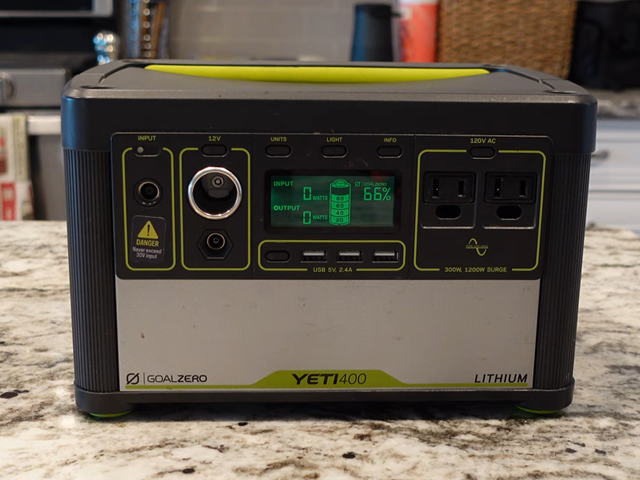
The portable generator is something of a modern miracle. It allows you to create electricity on demand, anywhere you need it.
But what is the history of a generator? These machines date back almost 200 years, all the way to the development of electricity in the early 1800s. Of course, they’ve come a long way since then, with a number of breakthroughs that led to the generators we know today.
In this article, we’ll cover the history of the portable generator from its inception to its modern incarnation.
The history of the portable generator starts in the 1830s with inventor Michael Faraday. In an experiment, Faraday demonstrated that when a copper coil is rotated between two magnets, electricity is produced. This phenomenon, known as electromagnetic induction, was the basis for the development of electricity and remains a critical mechanism of electricity production in generators today. If you had to pick a single person who was responsible for inventing the electric generator, it would be Faraday.
Faraday’s discovery soon led to the development of the dynamo – an early version of a generator – by Hippolyte Pixii in 1832. This machine created alternating-current electricity, which could be used on an industrial scale.
Dynamos remained the uncontested method for electricity generation until the 1860s, when a number of new inventors entered the field. In Europe, Werner Von Siemens and Charles Wheatstone modified existing dynamos to use self-powered magnets rather than weaker permanent magnets. In 1871, the magnetic field used to create electricity was further amplified by turning to iron magnets. This was a breakthrough, as it allowed for enough power to be generated that dynamos could be used for many more commercial applications, such as telegraphs and lighting.
In the US, Thomas Edison and Nikola Tesla created competing electricity-generating installations that used DC and AC power, respectively. While Edison’s dynamos largely used existing technology, Tesla developed polyphase dynamos that used magnets with multiple rotating poles. This technology ultimately won out for dominance of the early US power grid since it was able to deliver more electricity over larger distances.
By the early 1900s, electrical generators were being produced en masse for factories and to power the burgeoning power grids in the US and Europe. In most cases, power generation was still regional, meaning that generators were located close to the area where the power was going to be used.
Most of the generators produced during this time were created by companies that are recognized today, including Siemens, Kohler, Westinghouse, and General Electric. It’s no coincidence that motors, such as for cars, were being mass-produced around the same time, since the mechanics of generators and motors are very similar. In 1936, Kohler created the predecessor to today’s home backup generator – a relatively small unit that was designed to power a lodge in upstate New York.
Since the early 20th century, generators haven’t actually changed all that much. Incremental changes in magnets and more efficient engine designs allowed manufacturers to make increasingly compact and lightweight units. Portable generators as we know them today could be said to have arisen in the 1950s and 1960s, when companies like Honda entered the generator industry.
The inverter generator, which improves on the conventional generator by producing a more controlled electrical sine wave, first appeared in 1987. Honda released the EX300, which had a smooth, if hard-angled sine wave. By the following year, Honda had smoothed out the electrical signal, making it possible to safely use a portable generator with the myriad computer technologies that were being developed at the same time.
While generators have come a long way since they were first developed in the 1830s, the underlying technology hasn’t changed at all. Modern generators still rely on electromagnetic induction, Faraday’s monumental discovery, to produce electricity. Incremental advances like Tesla’s development of polyphase dynamos have contributed to making generators both more powerful and more widely usable.
Of course, the history of portable generators is also one of compaction and weight reduction. Generators have gotten smaller and more efficient over time, and Honda’s introduction of the inverter generator in 1987 has set the stage for the modern generation of portable generators. It’s likely that the history of a generator is far from complete, as manufacturers continue to make improvements and develop new technologies.





